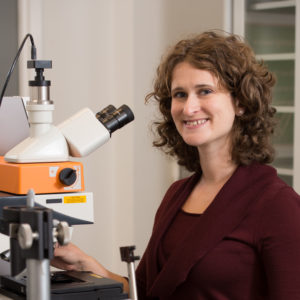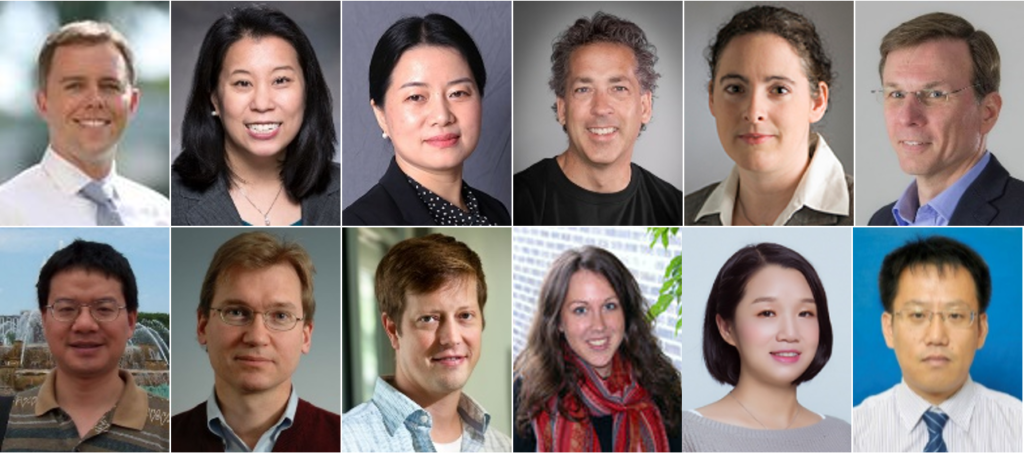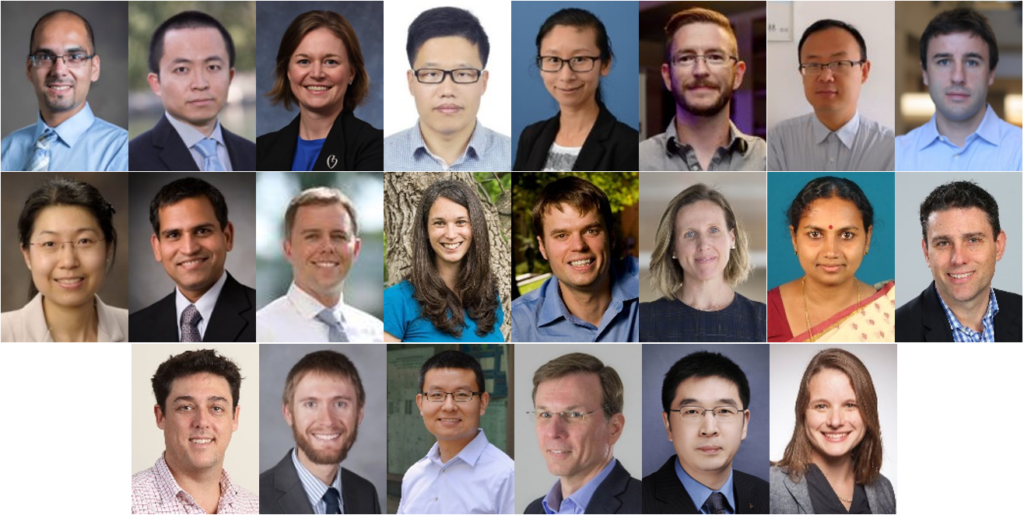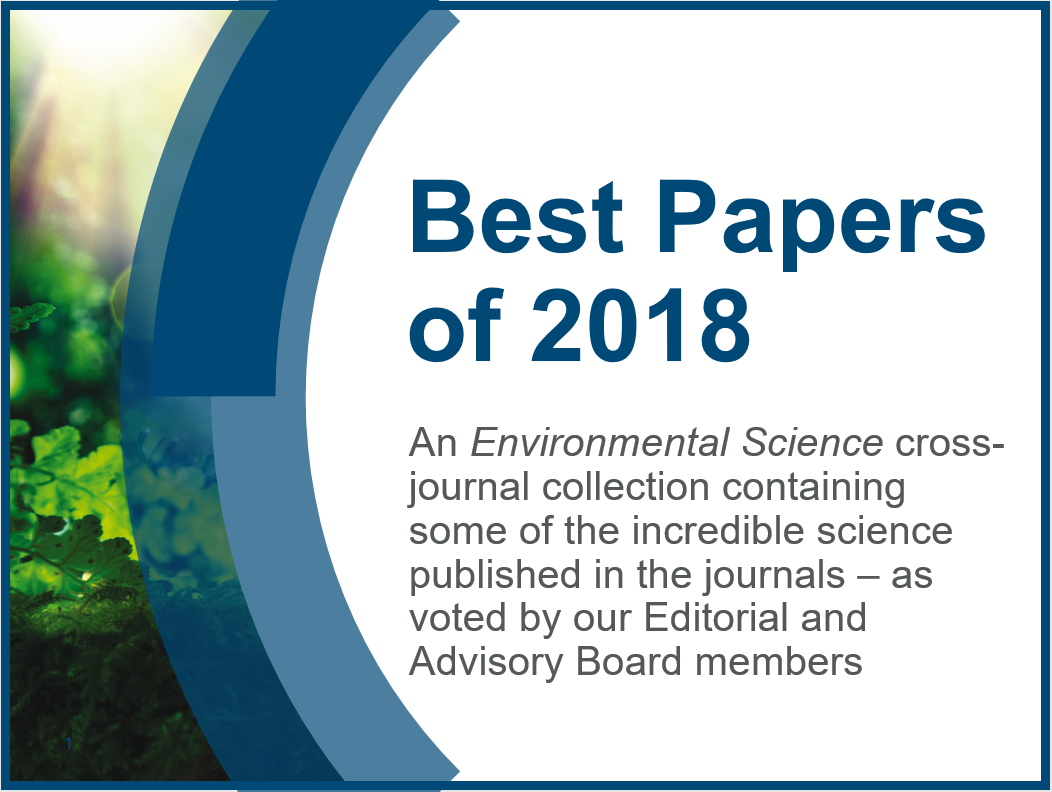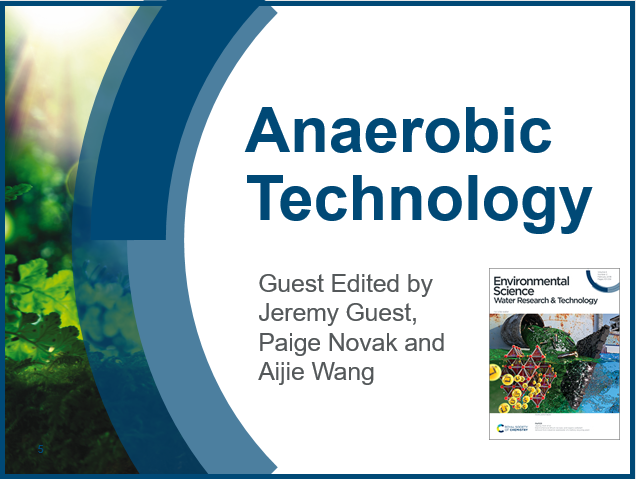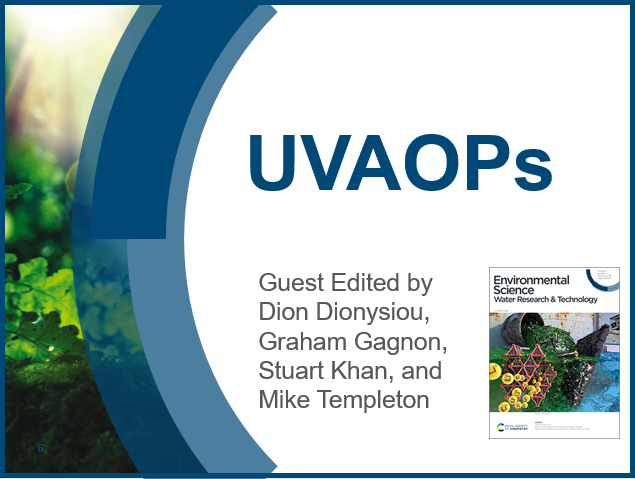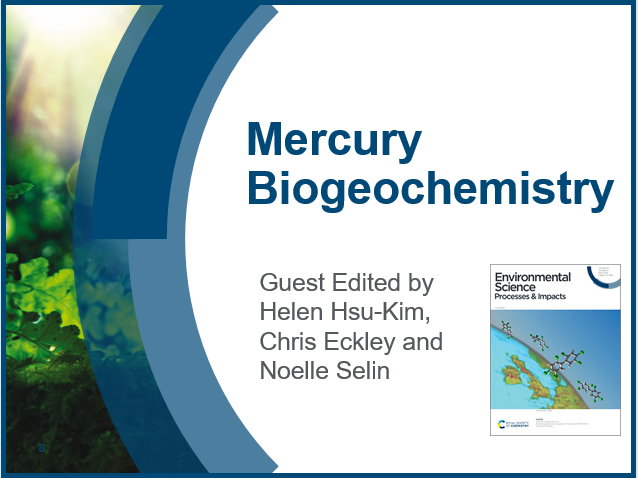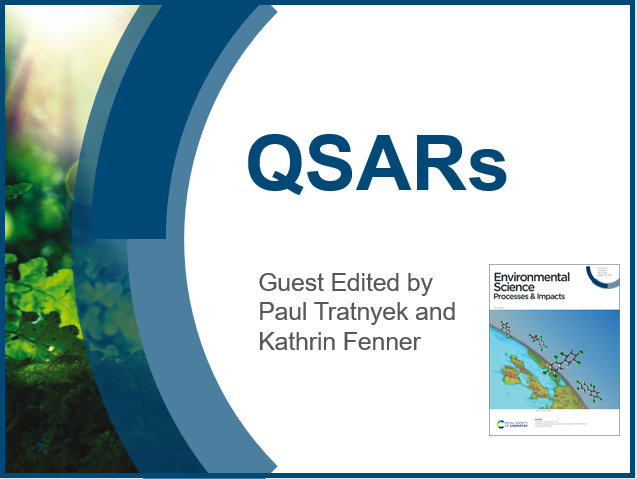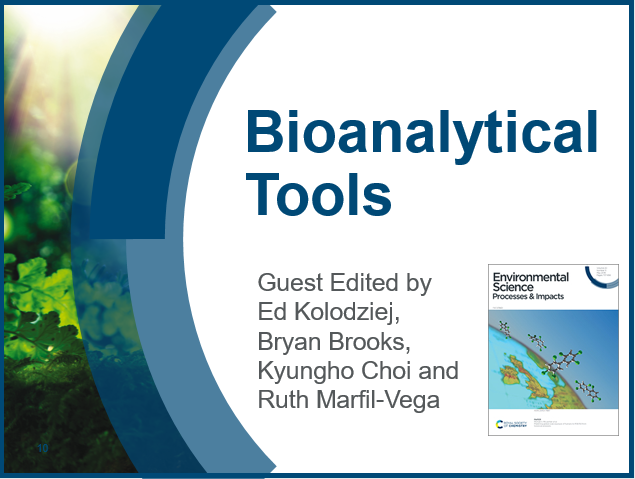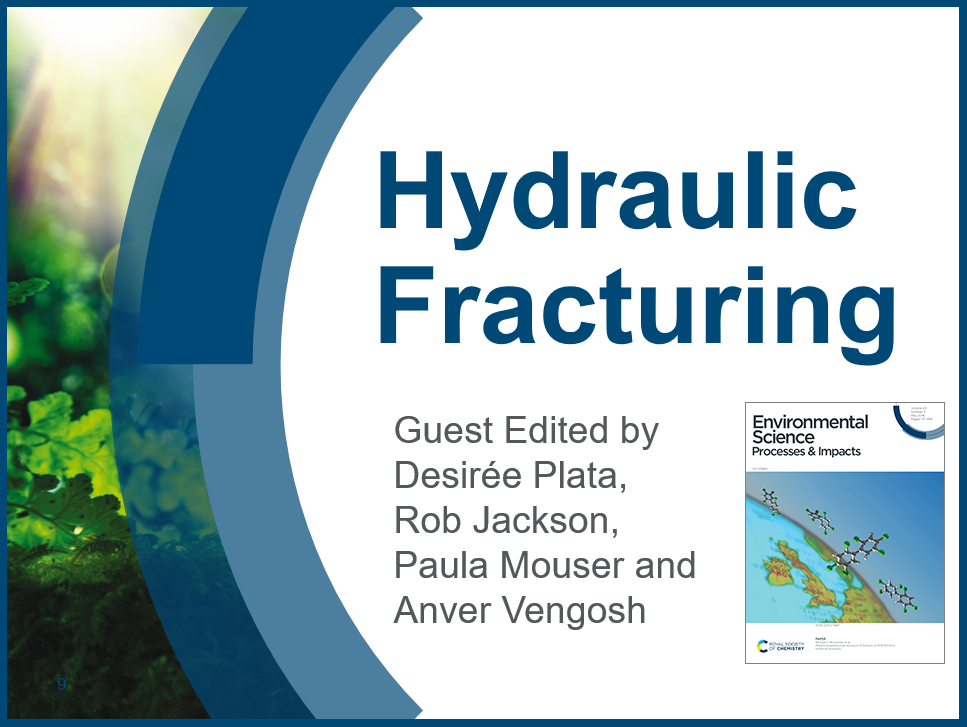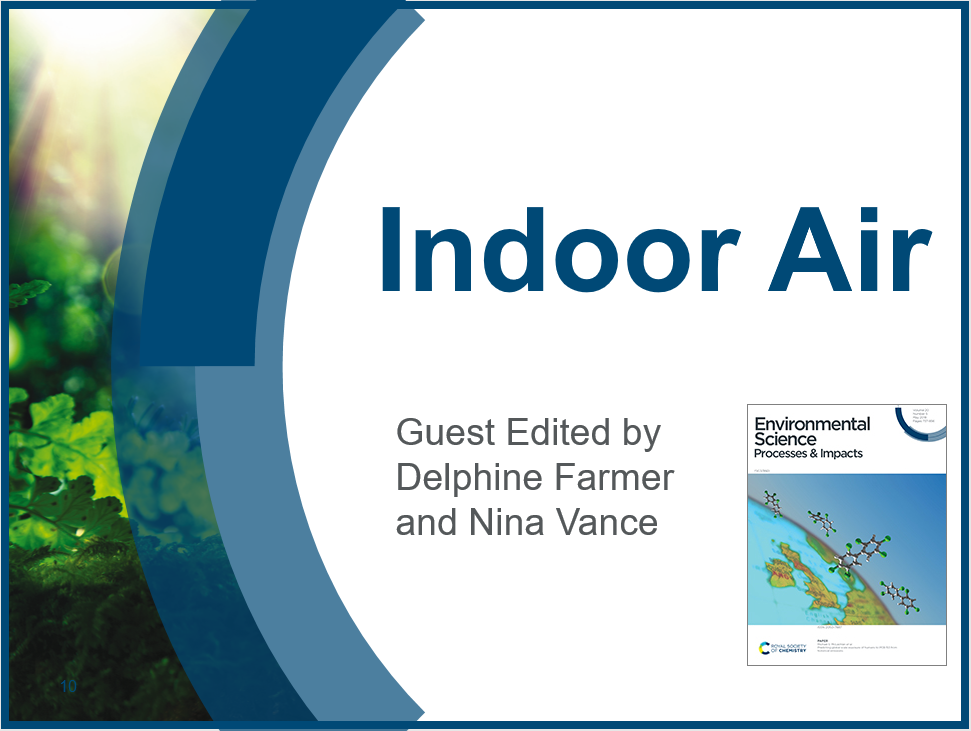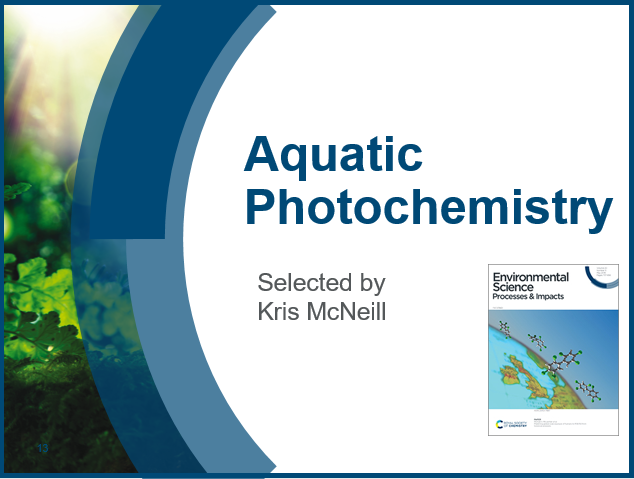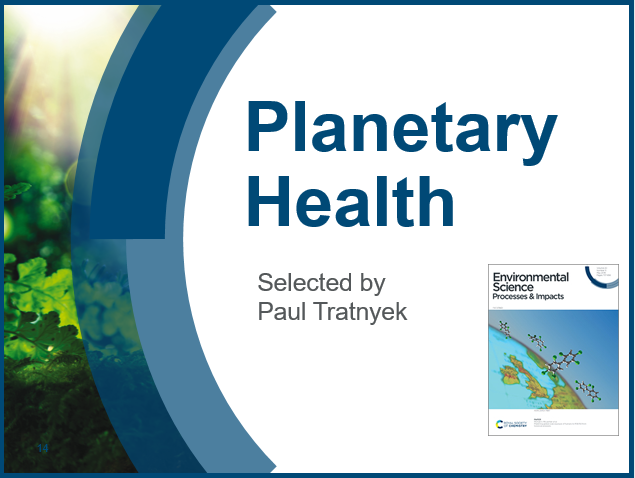Tara Kahan obtained a B.Sc. in chemistry from the University of Regina and a PhD in environmental chemistry from the University of Toronto. Following postdoctoral fellowships at the University of California Irvine and the University of Colorado Boulder, Tara joined the chemistry department at Syracuse University as an assistant professor in 2012, and she is now an associate professor and Canada Research Chair in Environmental Analytical Chemistry in the chemistry department at the University of Saskatchewan. Tara investigates poorly-understood reactions that affect environmental and human health, with a focus on two distinct themes: reactions of pollutants in water, snow, and ice; and indoor chemistry.
Read Tara Kahan’s Emerging Investigator Series article “Spatial distribution of dissolved organic matter in ice and at air-ice interfaces” and read more about her in the interview below:
Your recent Emerging Investigator Series paper focuses on microspectroscopy of organic solutes at ice surfaces. How has your research evolved from your first article to this most recent article?
My research group’s first article was published 5 years ago. That paper showed that organic matter can greatly alter pollutant photolysis rates in ice, even if the organic matter doesn’t itself absorb sunlight. That was an exciting paper for me, both because it was my first, and also because it set the stage for a major research direction in my group: Investigating reactivity in “dirty” ice. This current article focuses on the same major theme, but has a very different approach. We’ve recently expanded our repertoire so that in addition to measuring reaction kinetics at ice surfaces we can characterize physical and chemical properties of ice surfaces using Raman microscopy. I’m very excited to pursue this new research direction, and to use Raman microscopy to better understand heterogeneous atmospheric reactions.
What aspect of your work are you most excited about at the moment?
My favourite part of research is discussing ideas with other people, and especially with group members. So I tend to feel most excited about whatever is currently in front of me. Right now that is Raman microscopy work. (Plus, it’s really exciting to think about all of the research directions that we could pursue with this technique.) But I know that when group members come to me with results in other areas (reaction kinetics in water and ice, indoor chemistry) I will be just as excited about those.
In your opinion, what are the most important questions to be asked/answered in this field of research?
In the area of ice chemistry, I think that a big issue is the difficulty in effectively using fundamental properties (e.g., rate constants, partitioning coefficients) determined from laboratory measurements to improve our understanding of observations made in the field. Part of the issue is that there just aren’t that many laboratory measurements in ice or at ice surfaces (compared to, for example, in liquid water). Another issue is that the atmosphere is very complex and “messy”, and laboratory experiments made under necessarily simplified conditions may yield results that are difficult to translate to the real world. I hope that our research on solute-containing ice will help to bridge this gap. I think that the most important thing is to continue bringing together researchers in different areas (laboratory, modelling, and field observations) to discuss capabilities, needs, and potential synergies and collaborations.
What do you find most challenging about your research?
My biggest challenge isn’t with my research itself, but with navigating the role of “principal investigator”. I have struggled with balancing the many demands on my time (teaching, service, grant-writing, the administrative duties of running a lab, advising group members) that I did not have as a graduate student or postdoctoral researcher. Over the years I have gotten better at carving out time to focus exclusively on research, but it never feels like enough.
In which upcoming conferences or events may our readers meet you?
I will be presenting at the 2019 American Chemical Society (ACS) Fall Meeting in August and at the Society for Environmental Toxicology and Chemistry (SETAC) meeting in November.
How do you spend your spare time?
Wrangling my toddler, mostly. That aside, we love being outside, and try to take advantage of the many wonderful parks, lakes, hiking trails, etc. within driving distance of our home.
Which profession would you choose if you were not a scientist?
My passions have always leaned toward the creative side. If I didn’t end up as a scientist, I might have pursued writing, or music (clarinet), or art. I decided on science because I figured that chemistry is harder to do as a hobby.
Can you share one piece of career-related advice or wisdom with other early career scientists?
Two things helped me a lot pre-tenure. The first was being part of a peer mentoring network. This was a group of 10 women science faculty who met every other week to discuss topics related to our careers. The structured meetings were based on the book Every Other Thursday by Ellen Daniell. We found this group incredibly helpful in dealing with issues (e.g., related to teaching, mentoring, navigating university politics) and clarifying and achieving our goals. I encourage junior faculty to set up a similar group, and I am always happy to answer questions or give guidance on this – the support I received was so helpful that I want everyone to experience it! (And to note, this is not only useful for junior faculty – I know of groups set up by postdocs and graduate students, as well as a group by senior women faculty).
The second thing I found helpful was limiting the time I put into my work. We can always do more, and it’s hard to feel as though we’re doing enough. I decided early on that if I couldn’t get tenure while still enjoying my job and my life, then tenure wasn’t worth it. That thought has alleviated guilt I would otherwise feel about taking time for me and my family. I’m sure I could have been a bit more productive if I had forced myself to work more, but I would have been much less happy. I want to love my job forever, and my approach will help me do that. Everyone’s idea of balance will be different, but I think that understanding what that is and consciously working to achieve it is important for long-term happiness and success.


